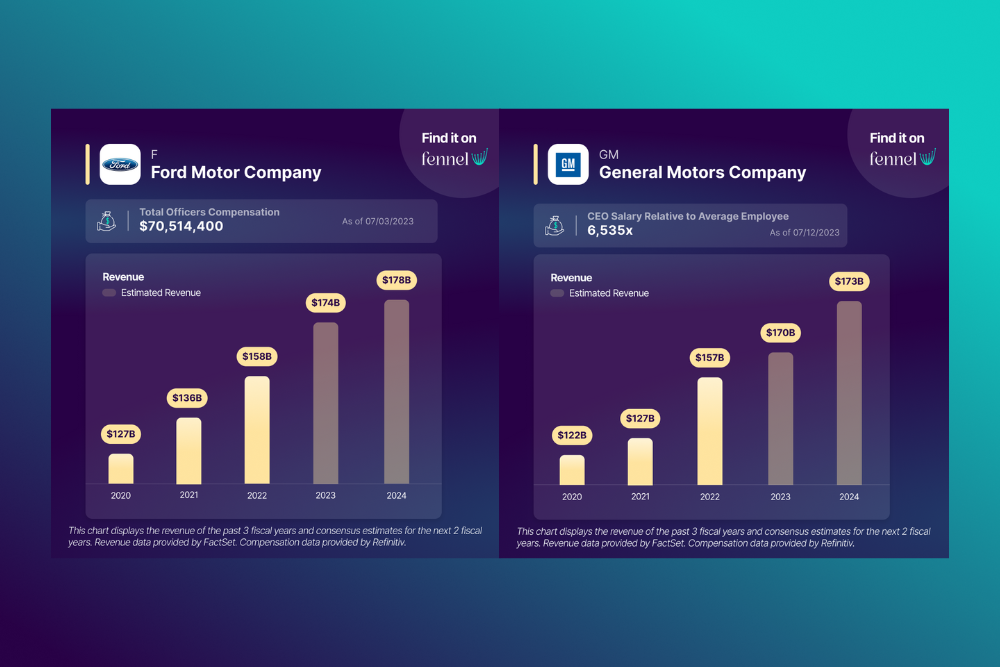 Back to Learn page
Back to Learn page

Employees Use Intrapreneurship To Make Organizational Change and Create Impact
Entrepreneurship occurs when an individual launches a new business venture to address a problem in the hope of making a profit. The lesser-discussed intrapreneurship occurs when employees of existing companies innovate new products and services from within their organization.
Many great ideas came from intrapreneurship. For example, the Post-it note was imagined by an inventor at 3M, the PlayStation was invented by a Sony engineer after a deal with Nintendo fell apart, and the Java programming language spun out of technology company Sun Microsystems.
Together, entre- and intrapreneurship drive innovation at multiple levels. However, big companies have a tendency to get bogged down in existing systems and processes that can limit the autonomy, creativity, and adaptivity that incubate innovation. Furthermore, as companies grow older, investors become more conservative, managers less risky, and overall inertia sets in alongside the comfort of steady, stable growth. Lastly, the two approaches to innovation have quite different considerations regarding risk and reward. Entrepreneurs use their own resources, bear the risk of an initiative’s failure and reap a lion’s share of the rewards. Intrapreneurs — seeking potential career promotions or demotions — leverage their companies’ resources to achieve financial rewards for the companies which bear all the risk.
Older companies are beginning to embrace the workplace culture of intrapreneurship and design thinking common among their startup counterparts. Unlike the top-down organizational change methods like transformational leadership or majority shareholder advocacy, intrapreneurship stems from the treasure trove of human capital embedded in companies’ own workforces. Employees often work more closely with the problems, consumers, and on-the-ground stakeholders than upper management, and they benefit from those lived experiences and insights. Google, for example, implemented the now-famous “20 Percent Rule” allowing employees to pursue their own inventions and innovations for a portion of their workweek. The 20 Percent Rule has led to many of Google’s most popular products and services, including Gmail. But workers and employees can push the needle even further, by becoming social intrapreneurs to create new products and services that reap social, environmental, and economic benefits.
Social intrapreneurs use iterative build-measure-learn processes to test their interventions at the nexus of profit, people, and the planet. Career satisfaction is positively associated with intrapreneurship, as employees feel dignified in the pursuits of their various passions, uncovering new meaning in their work. Notable social intrapreneurs include:
- Kevin Thompson, drawing from his experience at the Peace Corps, convinced IBM in 2007 to launch a Corporate Service Corps, which promotes corporate citizenship via international leadership development and service opportunities.
- Michelle Edkins, Global Head of Investment Stewardship at BlackRock, who in 2011 launched the first ESG initiative at the largest asset management firm in the world subsequently mainstreaming the sustainable investment movement.
- Zia Zaman, who helped underserved families in Asia achieve greater access to their MetLife insurance by using blockchain to simplify enrollment and payout.
You don’t have to quit your job to change the world. In fact, intrapreneurship can be an effective way of nurturing more world-changing ideas. Employees with great reputations and strong relationships at their companies can see an easier time pitching to upper management than untested entrepreneurs pitching jaded, hyper-critical venture capitalists or startup accelerators.
Our ideas need ample mind-to-market channels so we can address humanity’s greatest problems — a rapidly deteriorating ecosystem, widespread inequality and injustices, and deep-seated ideological divisions tearing apart our communities. Social intrapreneurship is another tool that empowers employees to reverse these social and environmental ills, which may have been caused by the very companies they work for. Social intrapreneurship can be used to leverage the resources of these companies, as people strive to collectively reform capitalism for the better.
∙ ∙ ∙
The views expressed are those of the author at the time of writing, are not necessarily those of the firm as a whole and may be subject to change. The information contained in this advertisement is for informational purposes and should not be regarded as an offer to sell or a solicitation of an offer to buy any. It does not constitute a recommendation or consider the particular investment objectives, financial conditions, or needs of specific investors. Investing involves risk, including the loss of principal. Past performance is not indicative or a guarantee of future performance. We do not provide tax, accounting, or legal advice to our clients, and all investors are advised to consult with their tax, accounting, or legal advisers regarding any potential investment. The information and any opinions contained in this advertisement have been obtained from sources that we consider reliable, but we do not represent such information and opinions are accurate or complete, and thus should not be relied upon as such. This is particularly true during periods of rapidly changing market conditions. Securities offered through Fennel Financials, LLC. Member FINRA SIPC.

Expand your knowledge further

What does impact investing look like in practice?

Social impact doesn't always happen in a vaccum.

Corporate Social Responsibility is a hot topic nowadays, but how does it actually benefit companies?

Want to invest in bonds while having a positive impact on the world?

The Tax Cuts and Jobs Act of 2017 helped create a new type of impact investing.

Equity crowdfunding allows more people to participate in early stage startup investing.

A growing number of future business leaders are learning about sustainability in their MBA programs.

The 17 SDGs represent aspirational goals that span a range of economic and societal issues, with the intention of providing a better future for all.

Does it make more financial sense for studios to meet the writers’ and actors’ demands, or not?

Fair pay is one the main issues of the strike, as CEO pay has increased in recent decades while workers’ adjusted wages have decreased.
Take back the power of your investment
